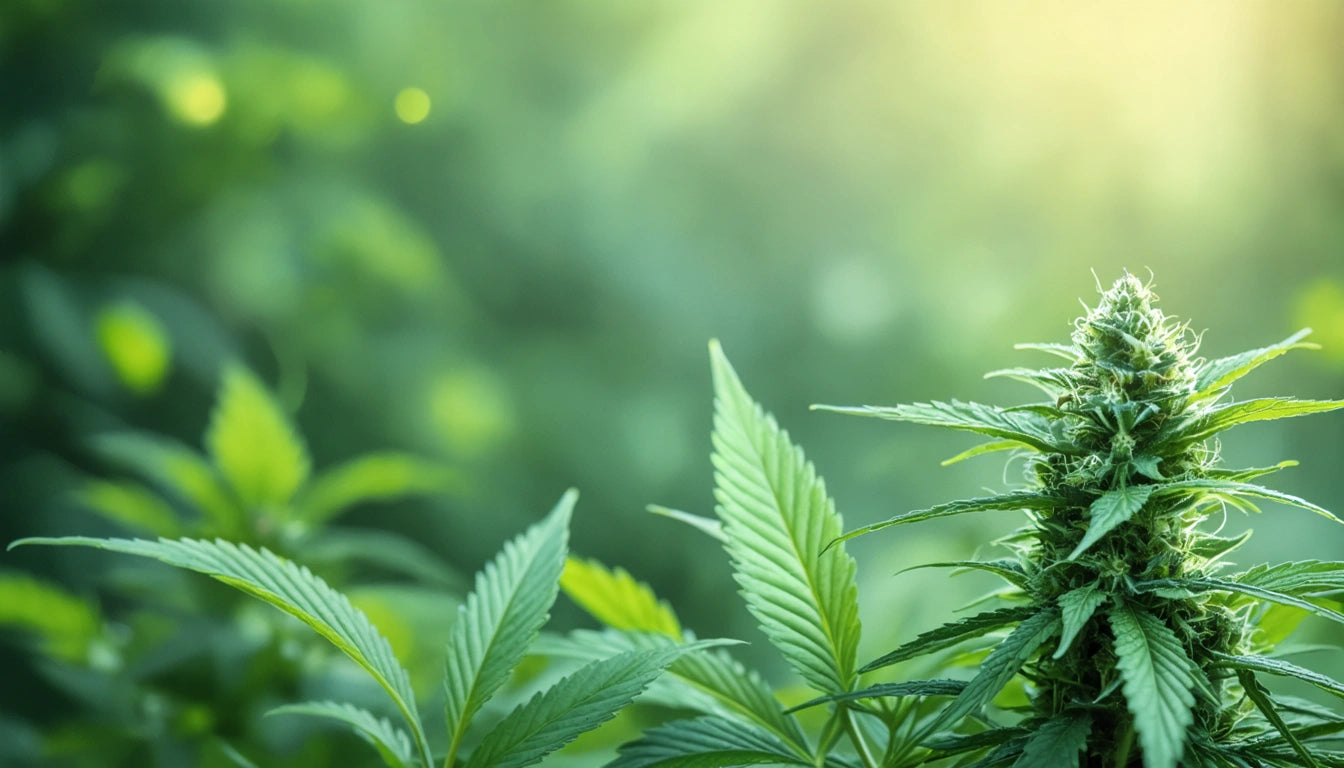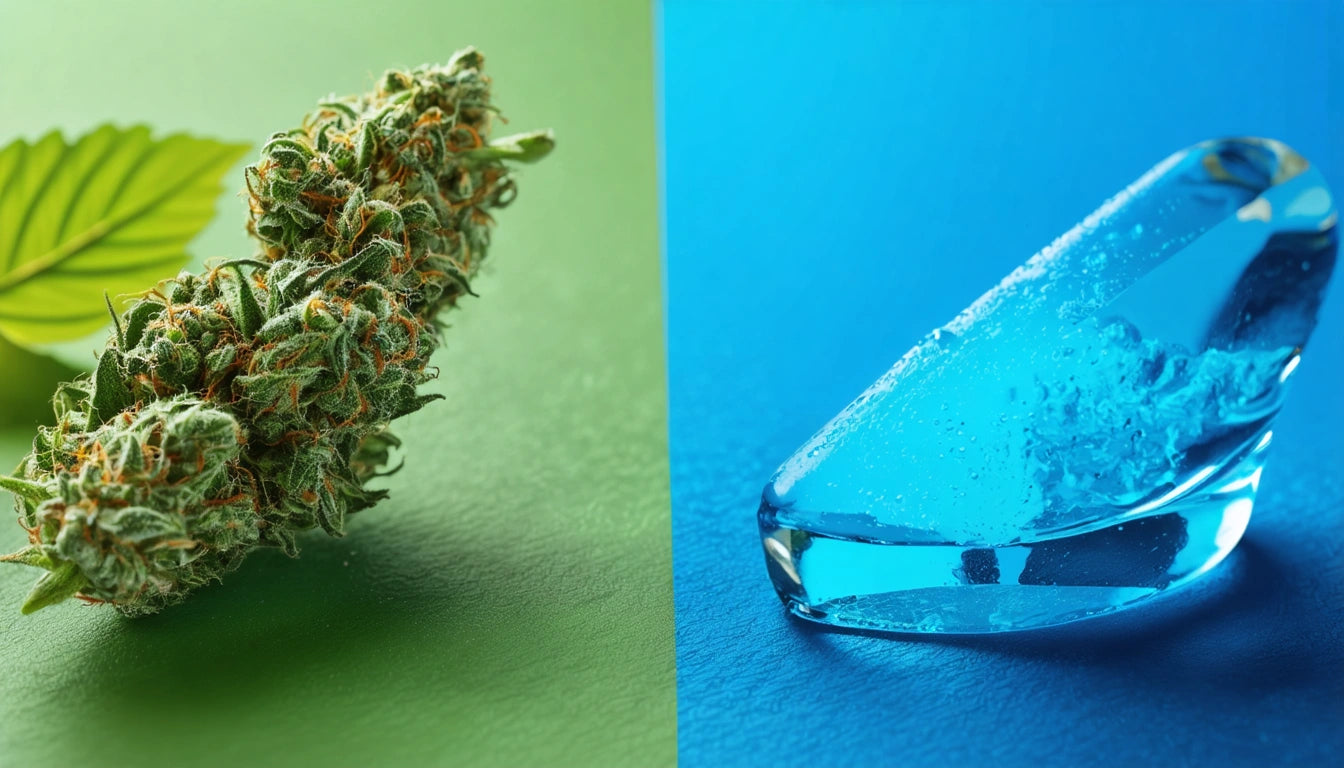Table of Contents
- Premium Label Effects: Enhancing Cannabis Brand Perception
- Foil Stamping Techniques for Cannabis Labels
- Embossing and Debossing: Creating Tactile Appeal
- Holographic Effects: Visual Impact and Security Benefits
- Balancing Premium Effects with Compliance Requirements
- Implementation Strategies for Different Product Categories
- ROI and Market Positioning Through Premium Labeling
In the competitive cannabis market, product differentiation through premium labeling effects has become a critical strategy for brands seeking to capture consumer attention and convey quality. Foil stamping, embossing, and holographic elements not only enhance visual appeal but also create tactile experiences that signal premium positioning to consumers.
Premium Label Effects: Enhancing Cannabis Brand Perception
Premium labeling effects serve multiple purposes beyond aesthetics. They create instant shelf appeal, communicate brand values, and help justify higher price points. According to industry research, products with premium finishing touches can command 15-30% higher prices while strengthening brand recall and loyalty.
When implemented strategically, these effects work in harmony with your overall label design strategy, enhancing key elements without overwhelming the required compliance information. The goal is to create distinction while maintaining legibility and regulatory adherence.
Foil Stamping Techniques for Cannabis Labels
Cold Foil vs. Hot Foil Applications
Foil stamping comes in two primary varieties: cold foil and hot foil. Cold foil is applied using adhesive and UV light, making it ideal for high-volume production runs. Hot foil stamping uses heat and pressure to bond metallic foil to the substrate, creating a more pronounced, durable effect often preferred for premium products.
Popular foil colors in cannabis packaging include:
- Gold and silver for luxury positioning
- Copper and bronze for craft/artisanal brands
- Holographic foils for modern, tech-forward brands
- Matte foils for subtle sophistication
When designing for foil effects, remember that simplicity often yields the best results. Strategic application on logos, brand names, or key design elements creates focal points without overwhelming the overall design.
Embossing and Debossing: Creating Tactile Appeal
Embossing and debossing add dimensional texture that engages consumers through touch. Embossing raises elements above the surface, while debossing recesses them below it. Both techniques create shadow and highlight effects that add sophistication to packaging.
For cannabis products, embossing works particularly well for:
- Brand logos and emblems
- Strain names on premium flower packaging
- Textural patterns that reference terpene profiles
- Certification symbols or award designations
When packaging flower products specifically, many brands find success with embossed effects on custom mylar bags for eighth-ounce quantities, where the tactile element enhances the unboxing experience for this popular purchase size.
Holographic Effects: Visual Impact and Security Benefits
Holographic labels serve dual purposes in cannabis packaging: they create eye-catching visual effects while also providing security features that help combat counterfeiting. These dynamic visual elements shift and change as the package is moved, creating an interactive experience for consumers.
Holographic options include:
- Full holographic labels with rainbow effects
- Spot holographic elements on specific design features
- Custom holographic patterns unique to your brand
- Security holograms with authentication features
When implementing holographic effects, ensure they don't interfere with the required label information such as THC content, warnings, and batch information. Strategic placement is key to maintaining compliance while maximizing visual impact.
Balancing Premium Effects with Compliance Requirements
While premium labeling effects enhance appeal, they must not compromise compliance. Every state has specific cannabis labeling requirements that must be followed, regardless of design aesthetics.
Key considerations include:
- Ensuring warning text remains clearly legible against foil backgrounds
- Maintaining required contrast ratios for essential information
- Verifying that embossing doesn't distort required symbols or text
- Confirming that holographic effects don't interfere with barcode scanability
Many brands address this challenge by creating designated compliance zones on their labels that remain unaffected by premium finishing techniques, allowing for both regulatory adherence and brand expression.
Implementation Strategies for Different Product Categories
Different cannabis product categories benefit from specific premium labeling approaches:
Flower Packaging
For flower products, embossed strain names and selective foil on terpene indicators help communicate quality while educating consumers about product attributes. When designing for small containers, follow best practices for small-format label design.
Concentrates and Extracts
Concentrate packaging benefits from holographic elements that complement the product's appearance. Gold foil stamping often pairs well with live resin and other premium extracts to signify craftsmanship and quality.
Edibles and Beverages
For edibles, embossed texture can create connections to culinary quality, while selective foil highlights can emphasize flavor profiles or key ingredients. Ensure these elements don't detract from crucial dosage information.
ROI and Market Positioning Through Premium Labeling
Investing in premium labeling effects represents a strategic decision that affects both costs and market positioning. While these techniques add to production expenses, they typically deliver strong returns through:
- Enhanced perceived value supporting higher price points
- Improved brand recognition and recall
- Increased social media sharing of packaging
- Stronger shelf presence in retail environments
When evaluating options, consider both the in-house versus outsourced production costs and the long-term brand equity benefits of consistent premium presentation.
As the cannabis market continues to mature, premium labeling effects will play an increasingly important role in brand differentiation and consumer engagement. By thoughtfully implementing these techniques while maintaining regulatory compliance, brands can create packaging that not only sells products but builds lasting brand value.











Leave a comment
All comments are moderated before being published.
This site is protected by hCaptcha and the hCaptcha Privacy Policy and Terms of Service apply.